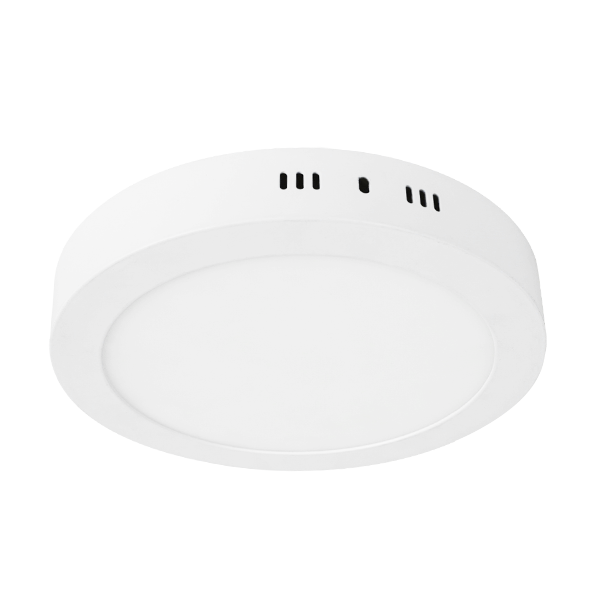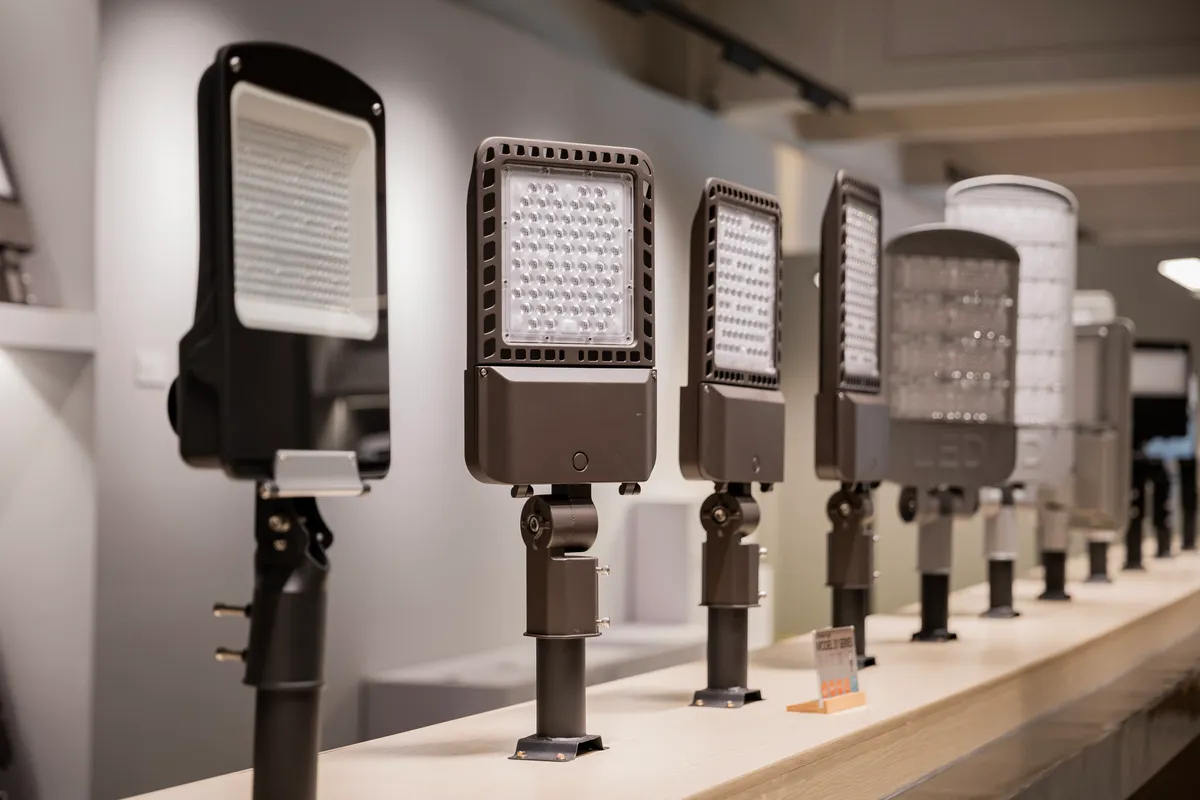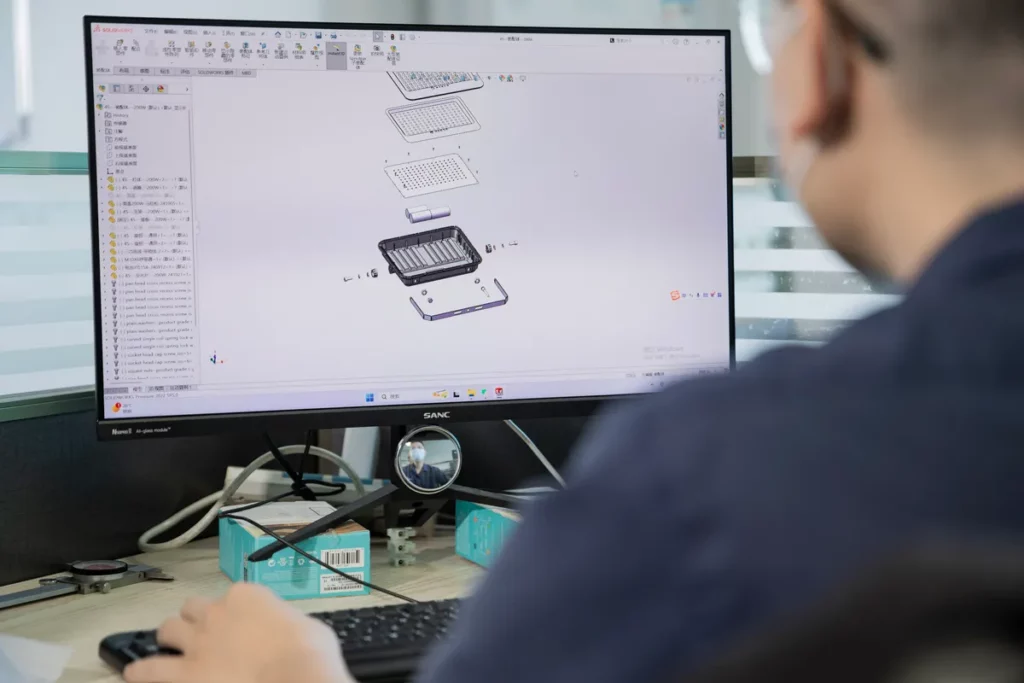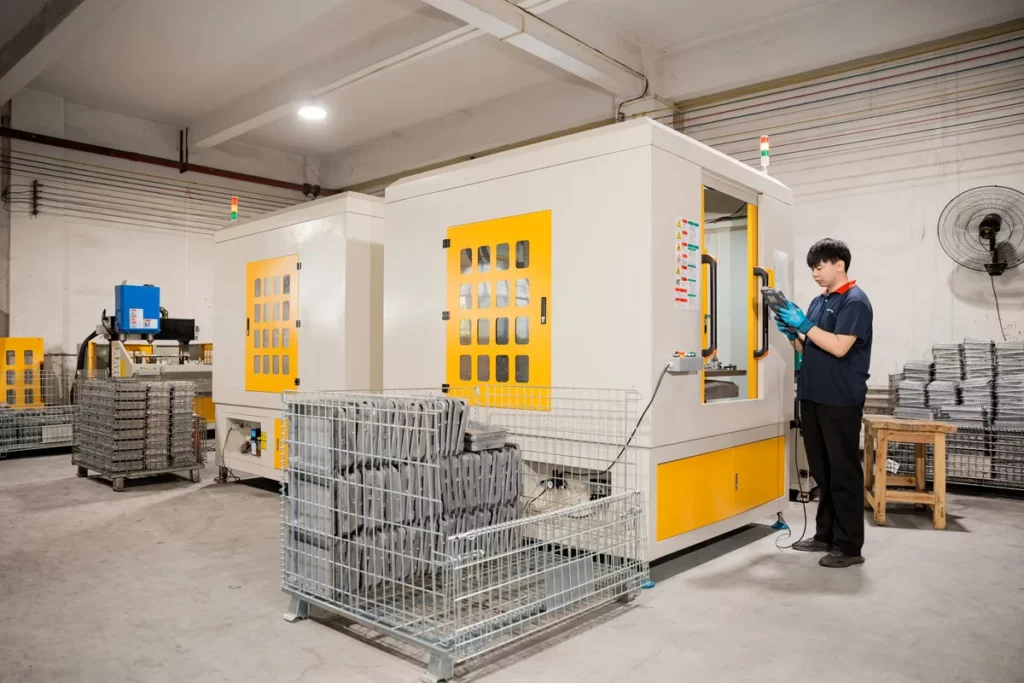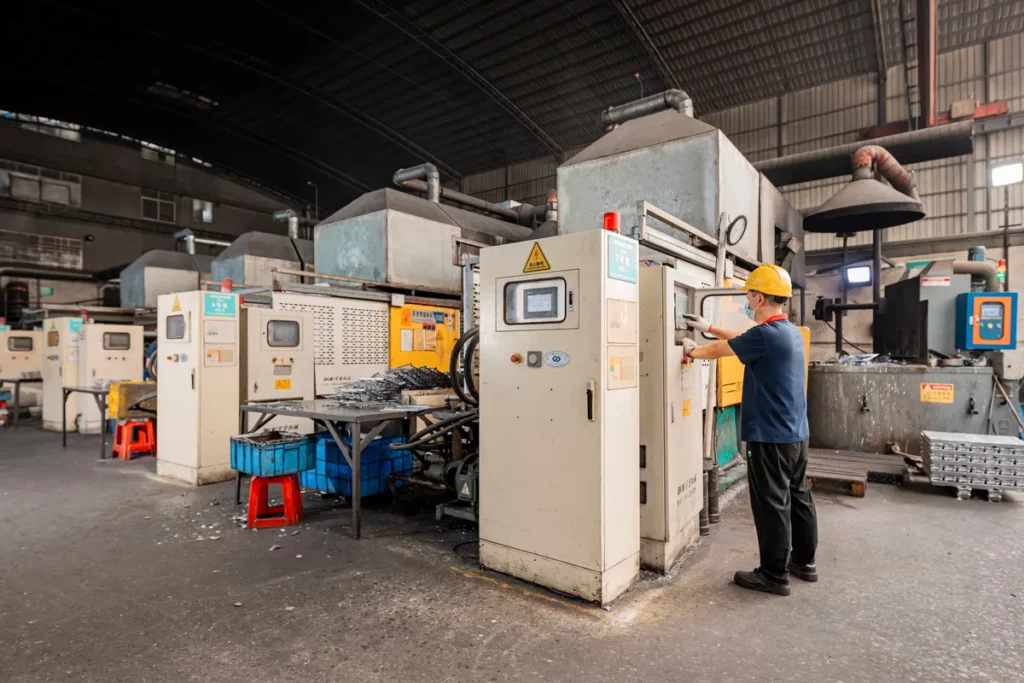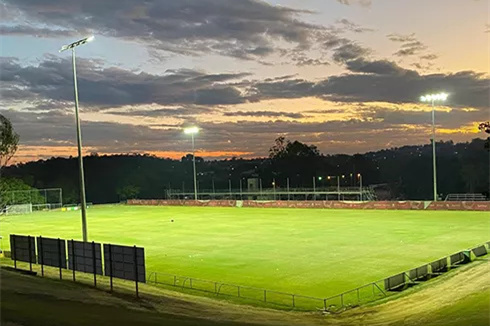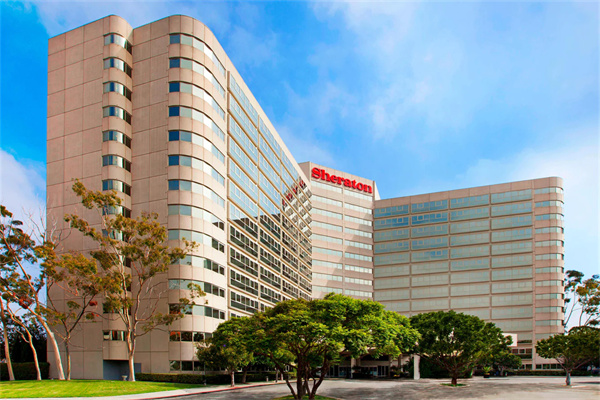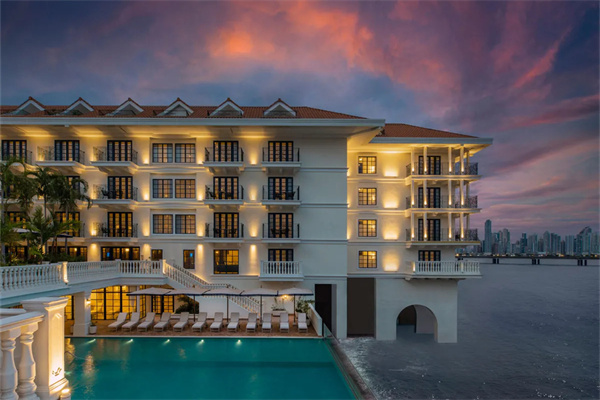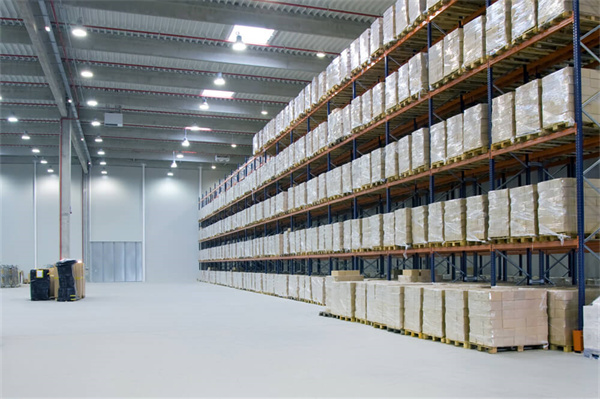WOSEN: Leading LED Lighting Manufacturer Since 1992
We manufacture LED and solar lights tailored to your brand and project needs. With 32 years of experience and advanced production technology, we deliver smart lighting solutions for streets, gardens, residential areas, and more.
Leading LED Lighting Products for Every Need
Our LED lights are energy-efficient, eco-friendly, and high-quality, certified by US and EU standards. We support customers from mold development to mass production, delivering sustained business value to our customers.
Why Choose Us
Drive Sales and Unlock Market Potential with Wosen’s Expertise in LED Lighting
As a trusted Chinese LED light manufacturer, WOSEN has been producing LED and solar lights for over 30 years, leveraging an efficient supply chain and advanced mechanized production, and successfully exporting worldwide.
Years of Experience
0
+
Satisfied Clients
0
+
Plant Area
0
m²
Skilled Workers
0
+
Proven R&D with 15 Years Experience
We have an experienced R&D team with an average of 15 years of service, who have earned multiple design and product patents. Each year, we launch over five new products, covering more than 100 unique designs. We are committed to providing efficient, intelligent, and sustainable lighting solutions, highlighting our exceptional R&D capabilities and market leadership.
Full Custom Services for Differentiation
Providing full OEM services, we customize appearance, materials (aluminum, explosion-proof, UV-resistant lampshades, etc.), lighting functions (brightness, beam angle, color temperature, etc.), electrical specs (input/output, protection levels), and packaging. Additionally, WOSEN offers private mold development for market exclusivity and brand differentiation.
Full-Chain Process, Better Pricing
Located in a major lighting production hub, Wosen benefits from a comprehensive supply chain and strategic location, ensuring easy access to high-quality components and raw materials while reducing logistics costs. Our full-chain autonomous production, from die-casting to final assembly, significantly lowers costs, increases efficiency, and provides flexible solutions to meet budget requirements.
Precision Production, 300,000 Units Monthly
Our advanced digital equipment ensures high precision and consistency. We strictly control every step of the process, from high-pressure horizontal die-casting to meticulous post-processing and polishing, ensuring smooth, burr-free surfaces. Components are carefully handled and stored to prevent damage, and our standardized sealing process ensures excellent waterproof performance.
12-Hour International Response Guarantee
WOSEN provides excellent after-sales service, ensuring prompt and effective resolution of any issues encountered. We conduct detailed analyses and design improvements for quality issues, and if necessary, send personnel for on-site solutions. We commit to responding to international customer inquiries within 12 hours and cover one-way shipping and customs fees for products under warranty.

Unmatched 5-7 Year Warranty: Outperforming 90% of Competitors
Engineered for durability, our LED lights use only high-quality materials, ensuring they perform excellently in extreme environments, enhancing both visibility and safety.
Effective Heat Control
Using high-purity ADC12 aluminum and aluminum substrates with 18μm copper thickness, our fixtures ensure excellent heat dissipation and optimal performance.
High Light Output
Employing lamp beads from CREE, Osram, PHILIPS, and Nichia, certified by LM80 tests, featuring temperature resistance, accurate lumens, and power ratings.
Steady Power Output
All drivers are certified and sourced from international brands like PHILIPS, Meanwell, and Inventronics, ensuring stable voltage and current to prevent overheating and flickering.
Lasting Optical Assurance
Advanced optical elements, UV-resistant, maintain clarity without yellowing for 5 years, >92% light transmittance, UL94 V2 fire rating, ensuring long-term reliability.
All-Weather Tough
Specially designed waterproof and frost-resistant strips fit perfectly to the lamp body, preventing leaks and seepage, and maintaining reliability in temperatures below -20 degrees.
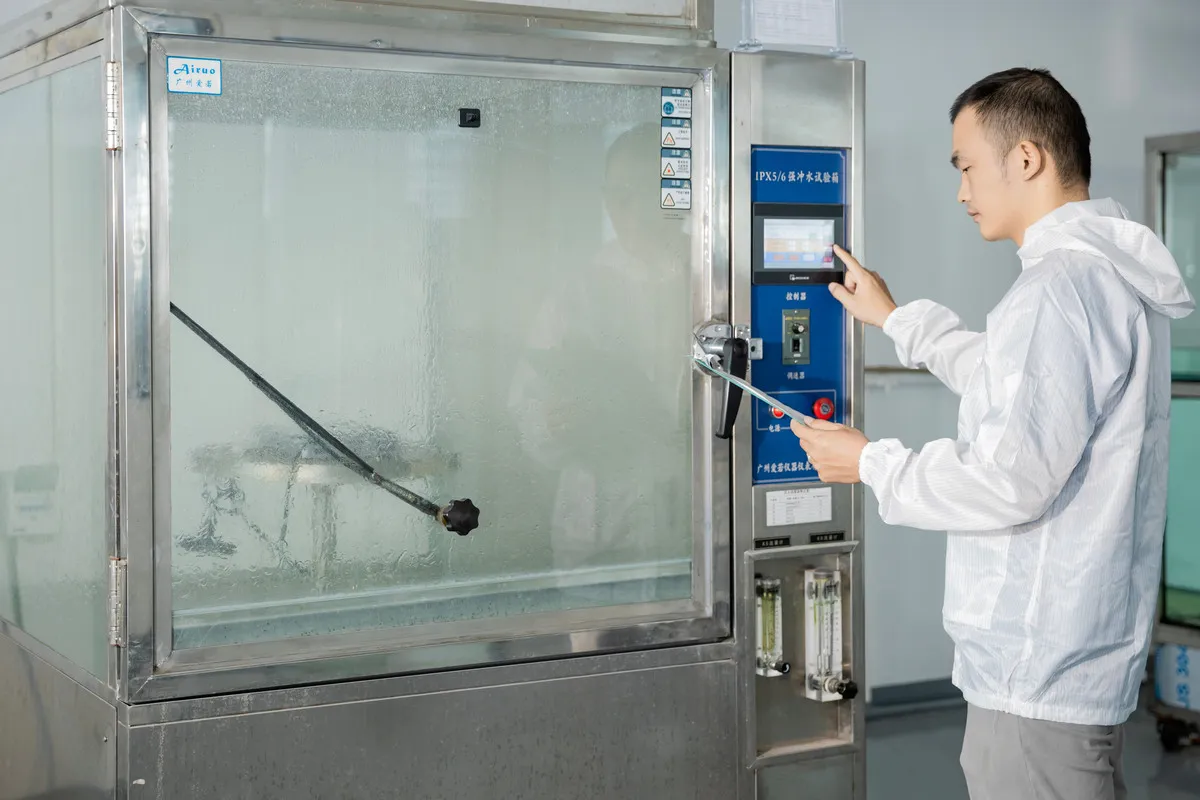
Waterproof Testing
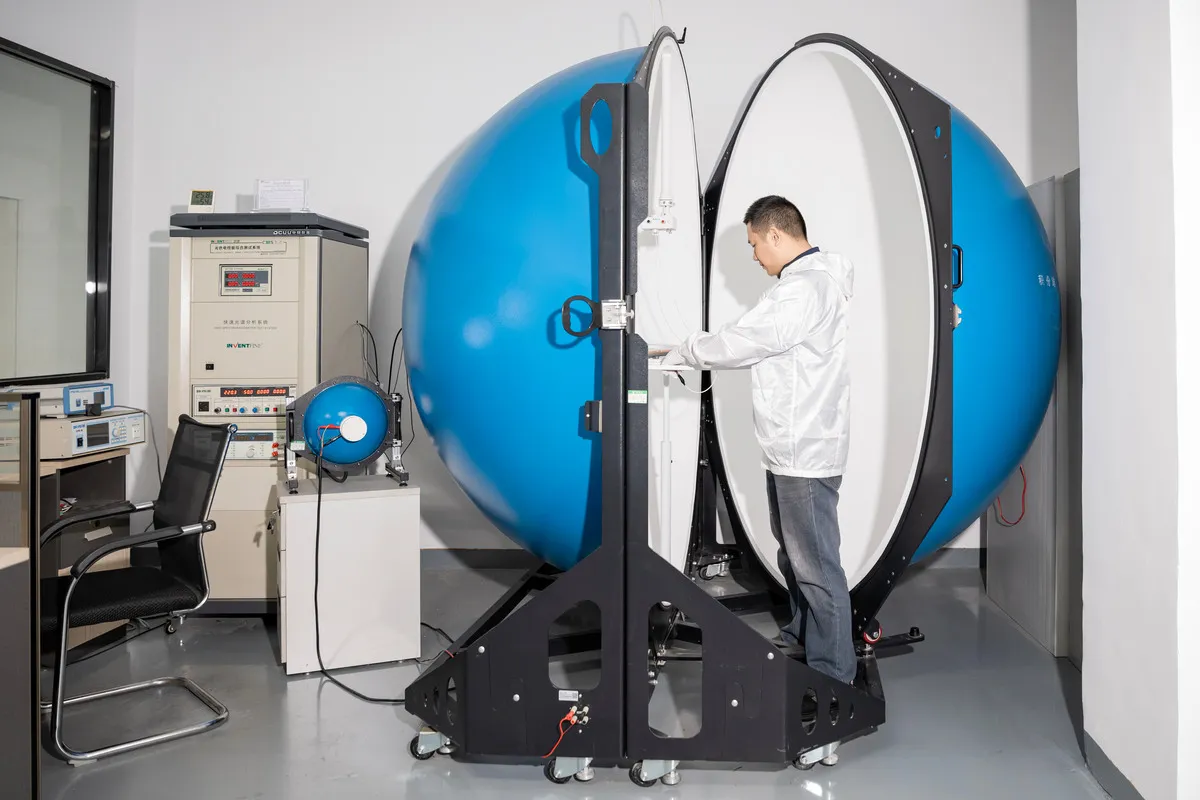
Integrating Sphere Testing
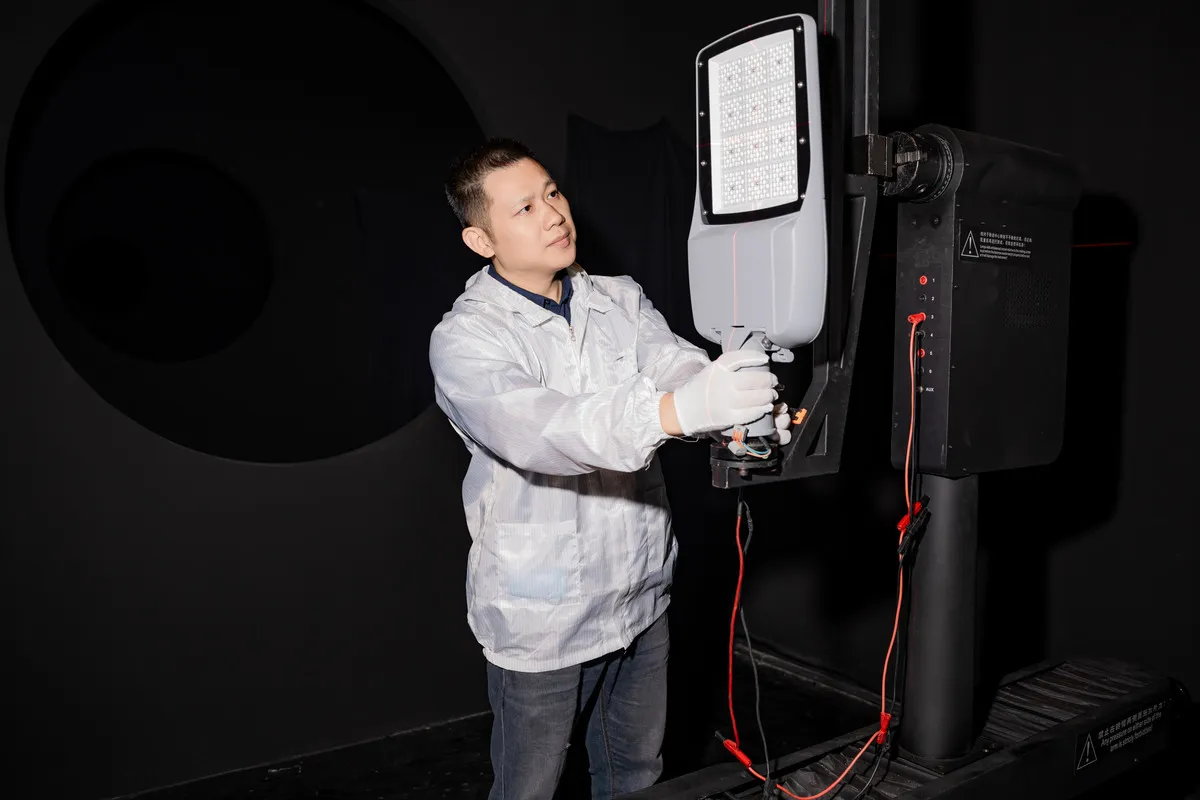
Dark Room Testing

48h-1000h Salt Spray Testing

24h Aging Testing
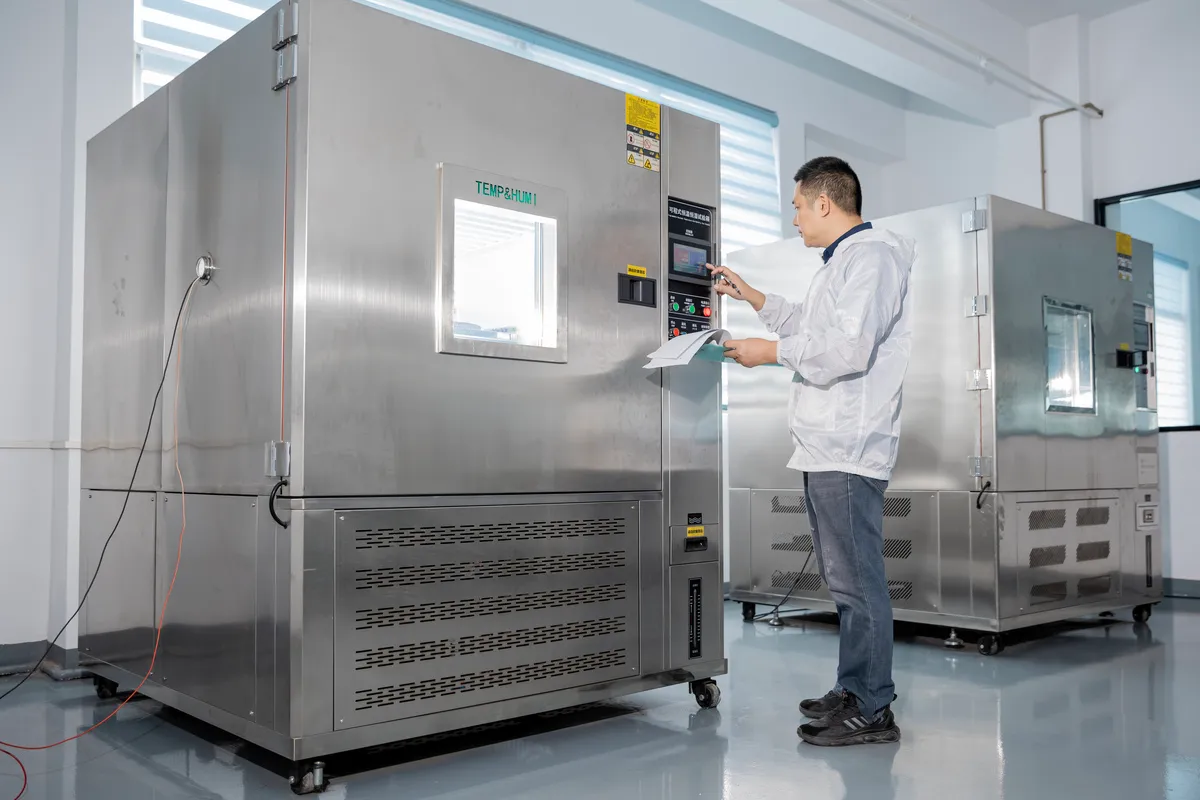
Constant Temperature and Humidity Testing
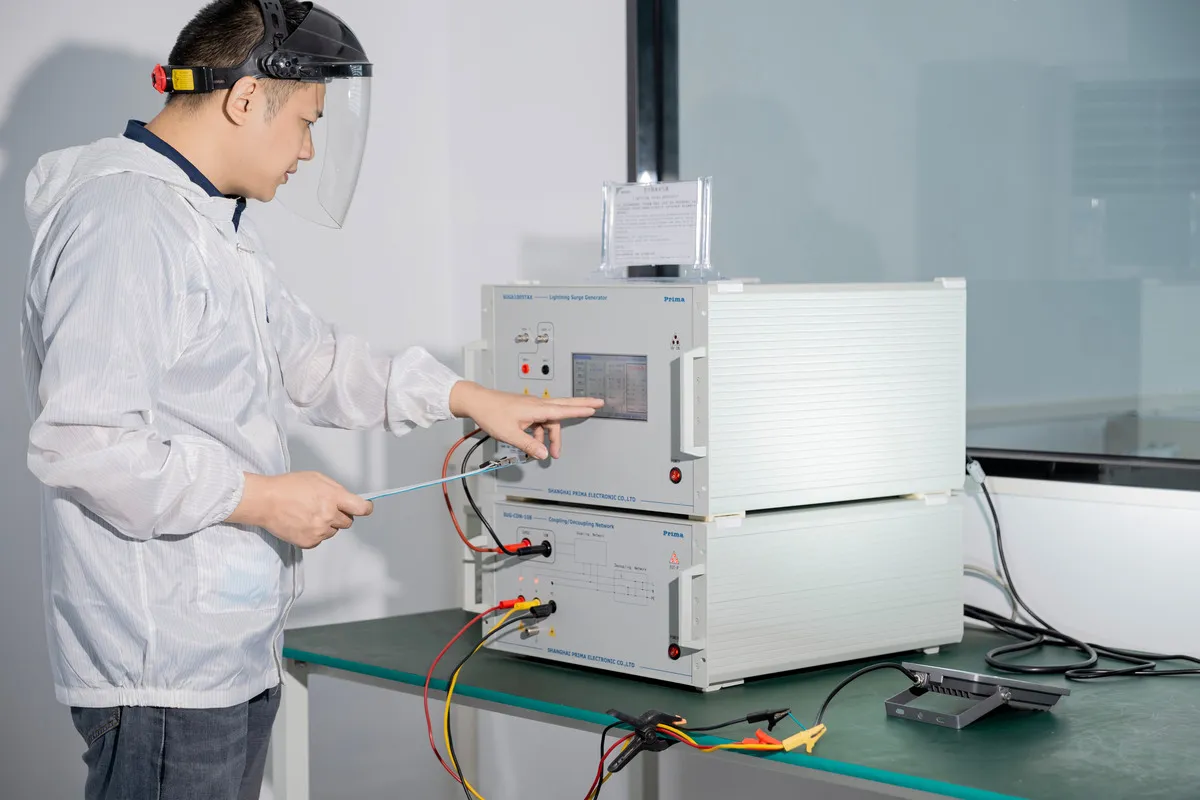
Surge Protection Testing
50+ Tests, One Goal: Perfect LED Lights Every Time
As a leading LED light manufacturer, we pride ourselves on delivering defect-free products. Our state-of-the-art testing labs, built to CNAS standards, ensure strict adherence to ISO9001 standards and 6S management principles.
Every LED light undergoes rigorous testing throughout the production process, guaranteeing a smooth, deformation-free exterior, even coating without bubbles, and secure assembly of all components. Our lights provide exceptional performance with no flickering, overheating, or short-circuiting, ensuring they operate stably and reliably in any environment.
Any Certification for LED Lights, No Compromise
WOSEN’s LED lights confidently hold comprehensive global certifications, including UL, TUV, ENEC, RoHS, SAA, and ISO9001, exceeding 90% of industry competitors. Whenever you have a need, we will obtain the necessary certifications for you, regardless of profit considerations, to ensure market entry.
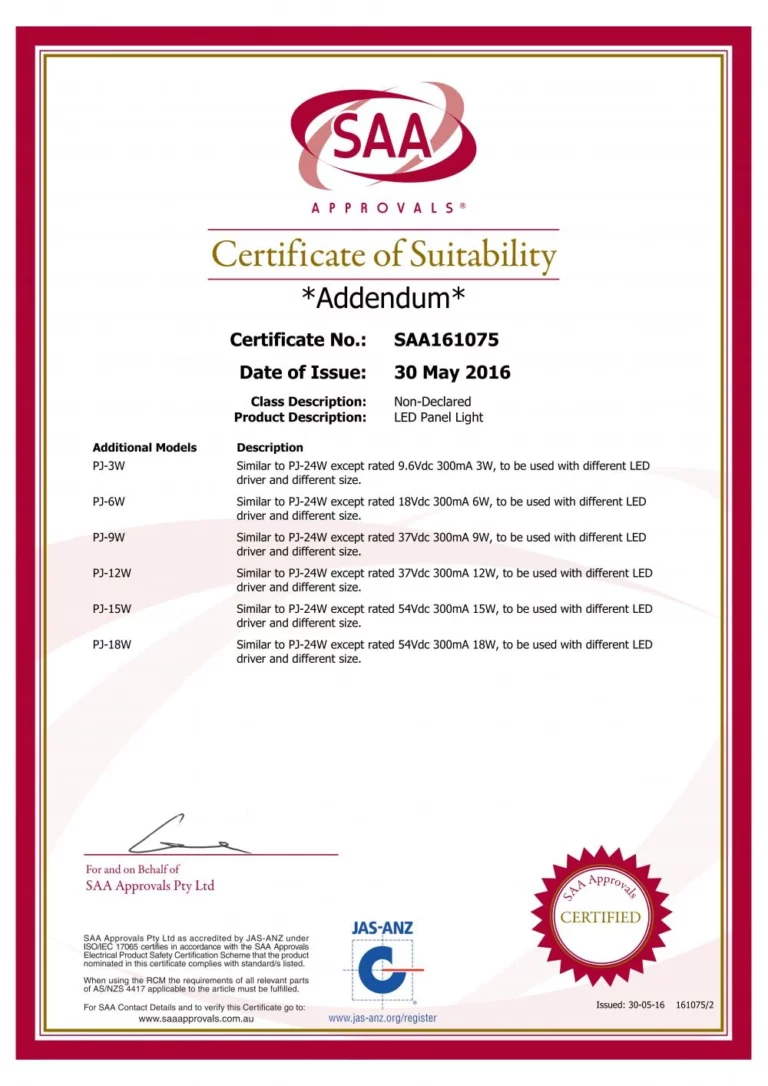
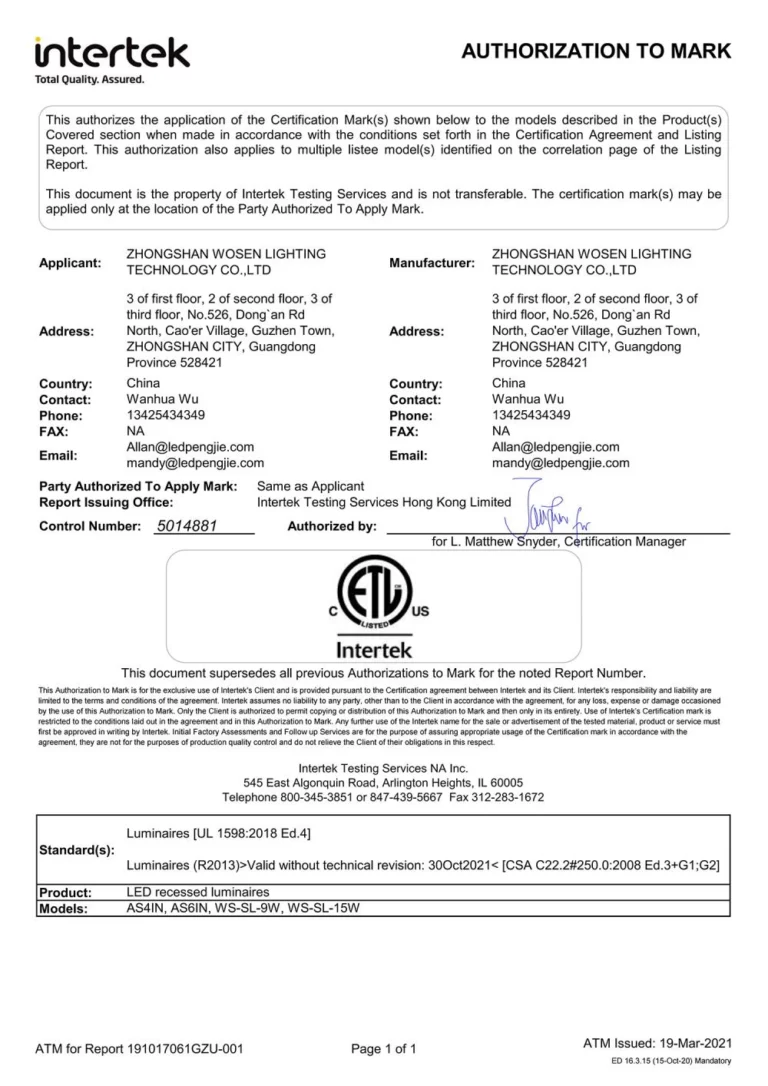
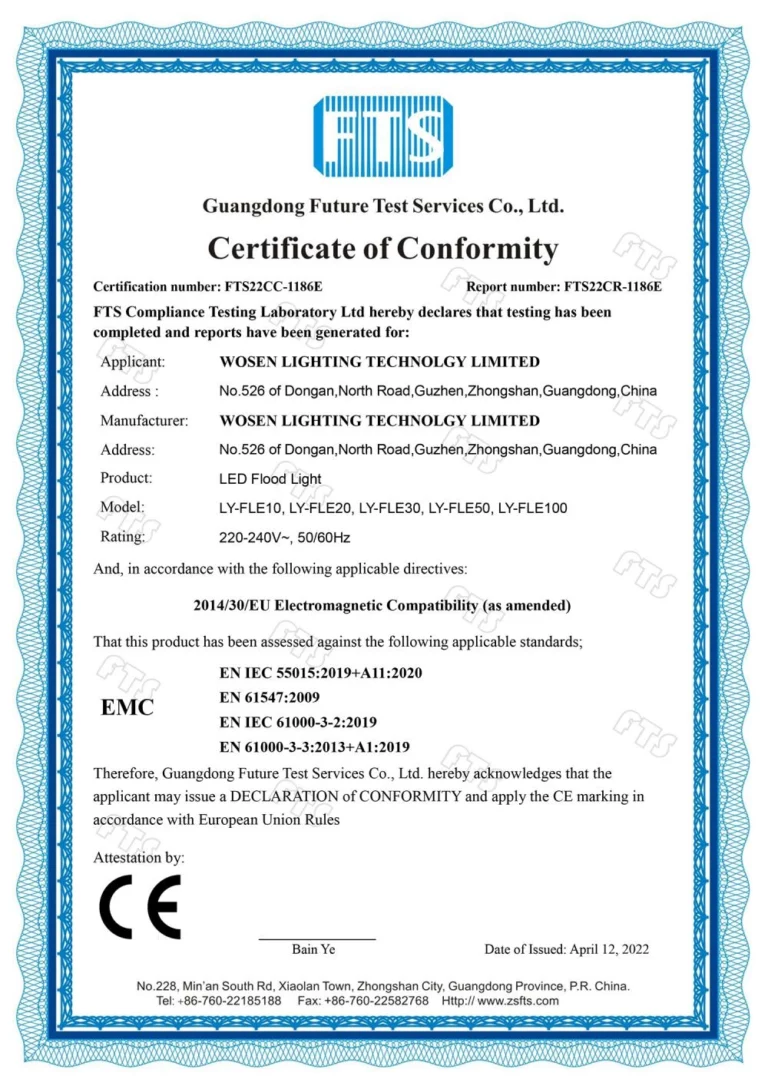
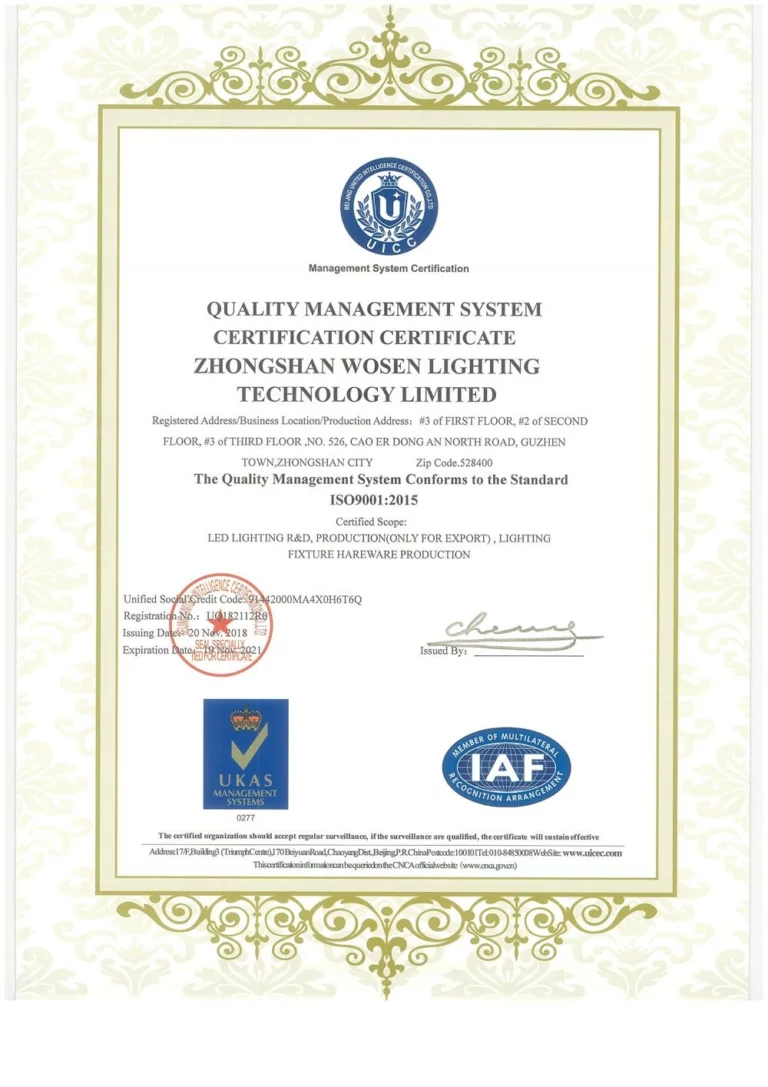
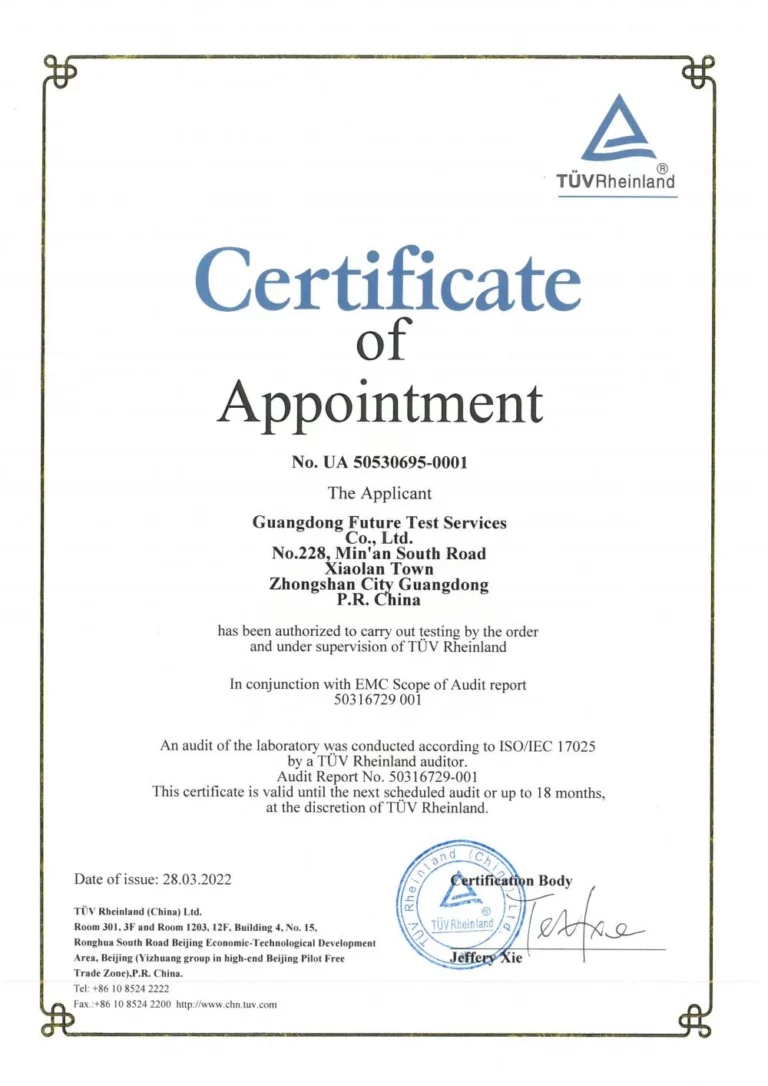
1000+ Lighting Projects with Global Reach and Impact
WOSEN’s solar street lights have brightened 2,508 locations in 88 countries, serving 1,800+ clients with a remarkable 350,000 installations. Trusted by major international projects like UNDP, UNHCR, and the World Bank, Wosen is renowned for delivering efficient, reliable, and sustainable lighting solutions.
See WOSEN At Exhibitions
Forge strong partnerships with our global clients through our presence at international exhibitions.
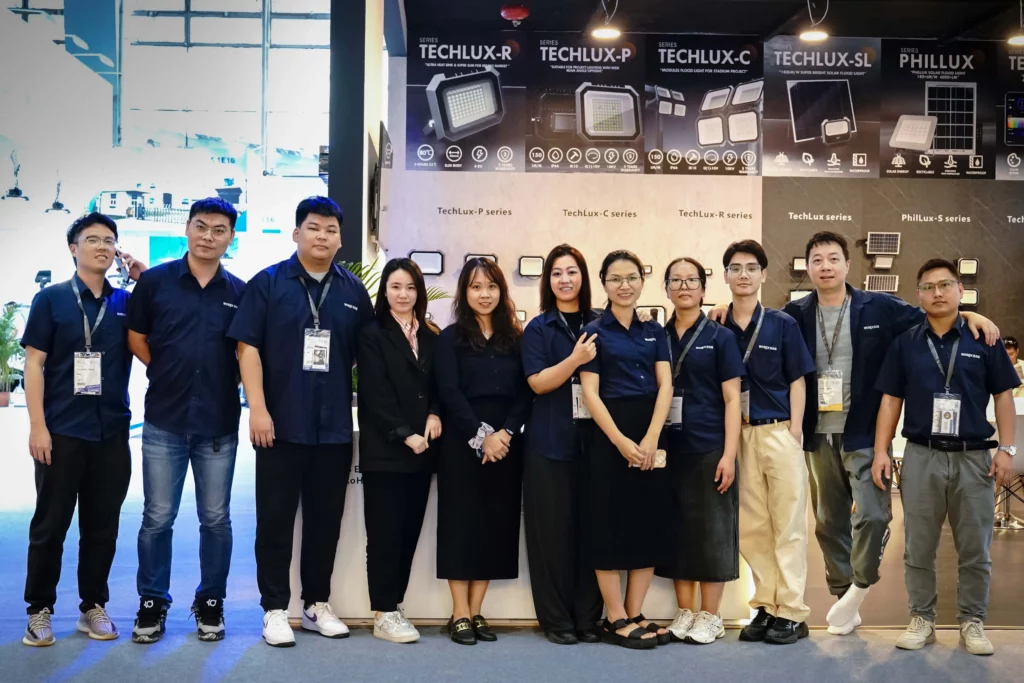
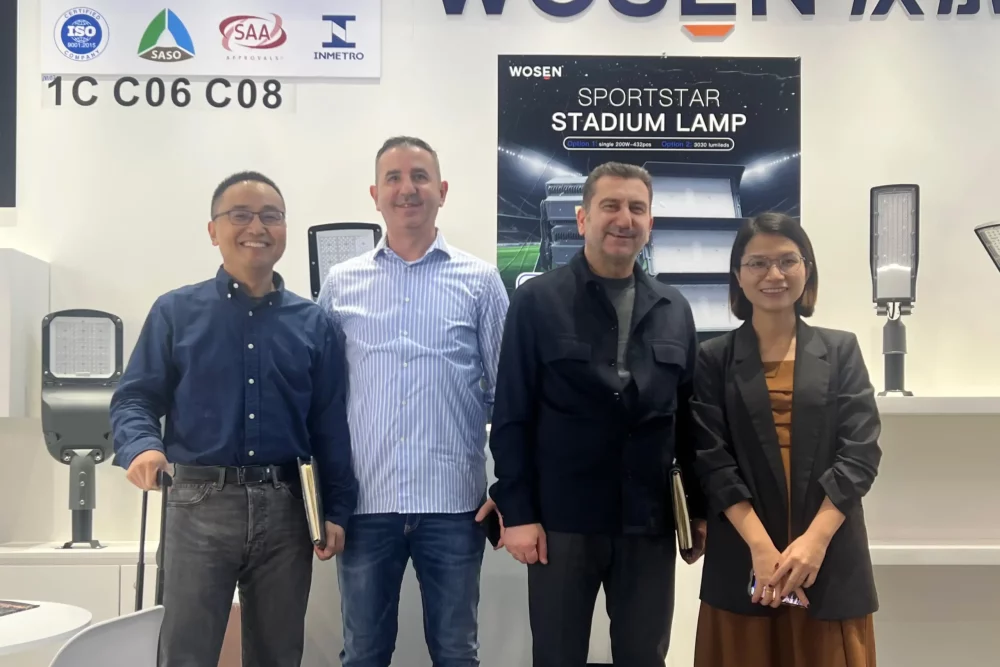
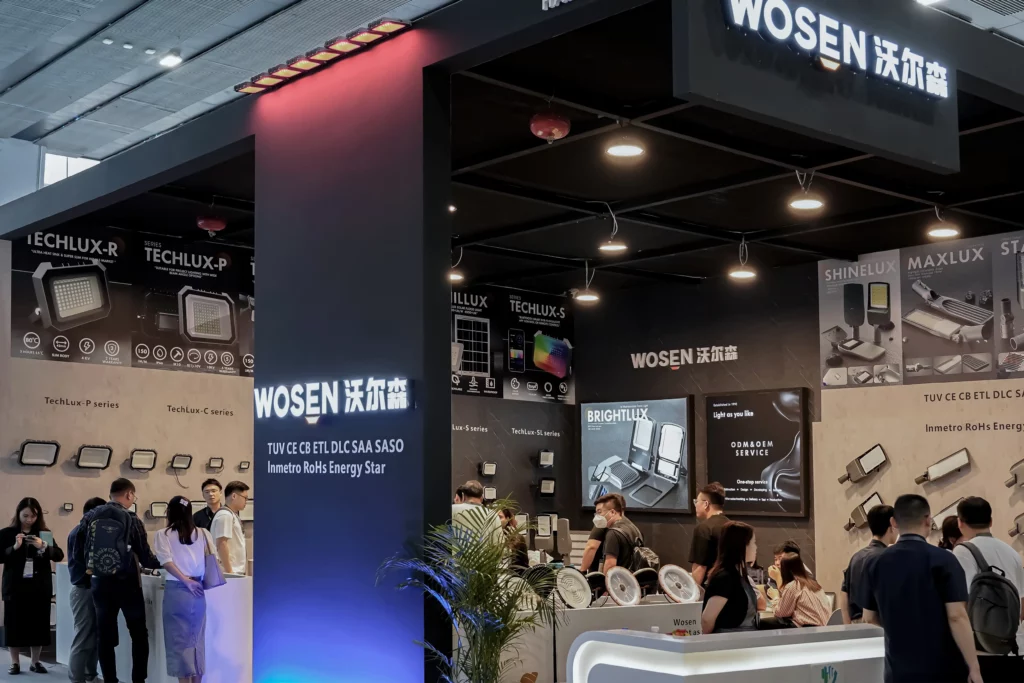
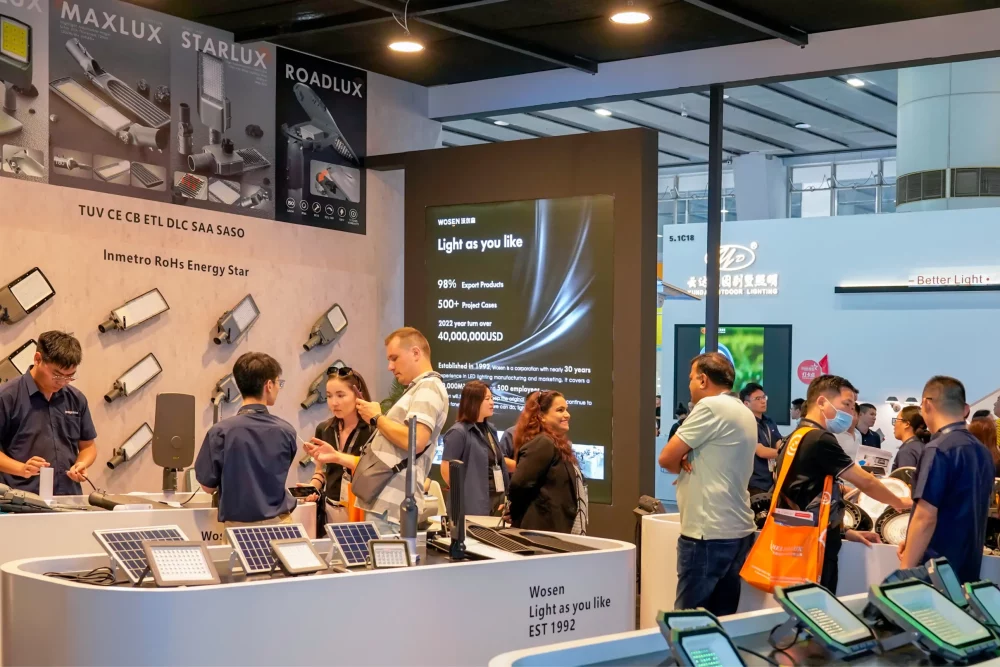
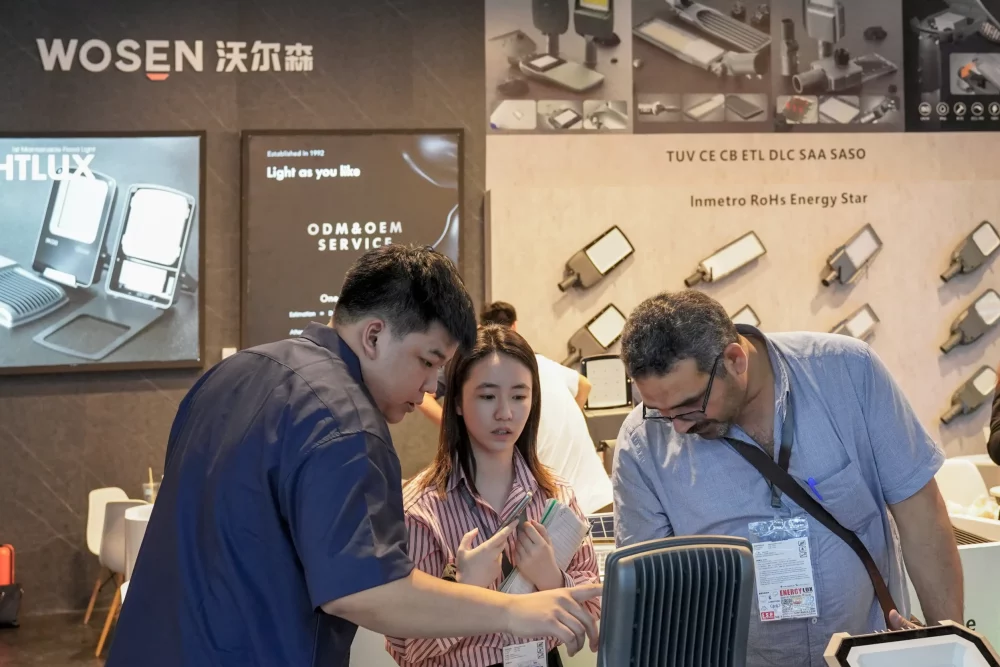

What Our Clients Say

Alejandro
Mexico
Excelente el producto, de muy buena calidad los materiales. La luz es brillante y duradera, ideal para áreas exteriores amplias. WOSEN cumple con nuestras expectativas y es una opción segura para próximos proyectos.

Akua
Ghana
Design is quite good and it’s of good quality. The lights are reliable and meet our project needs effectively. WOSEN products are a trustworthy choice for our expanding infrastructure.

James
United States
That flood light is spectacular. It’s bright, durable, and has been a top seller for our brand. WOSEN’s quality has boosted our sales, making them a reliable partner in our lighting lineup.
Brighten Your Space with WOSEN Lighting Solutions
DO NOT HESITATE TO CONTACT US, IF YOU HAVE ANY NEEDS OR QUESTIONS



